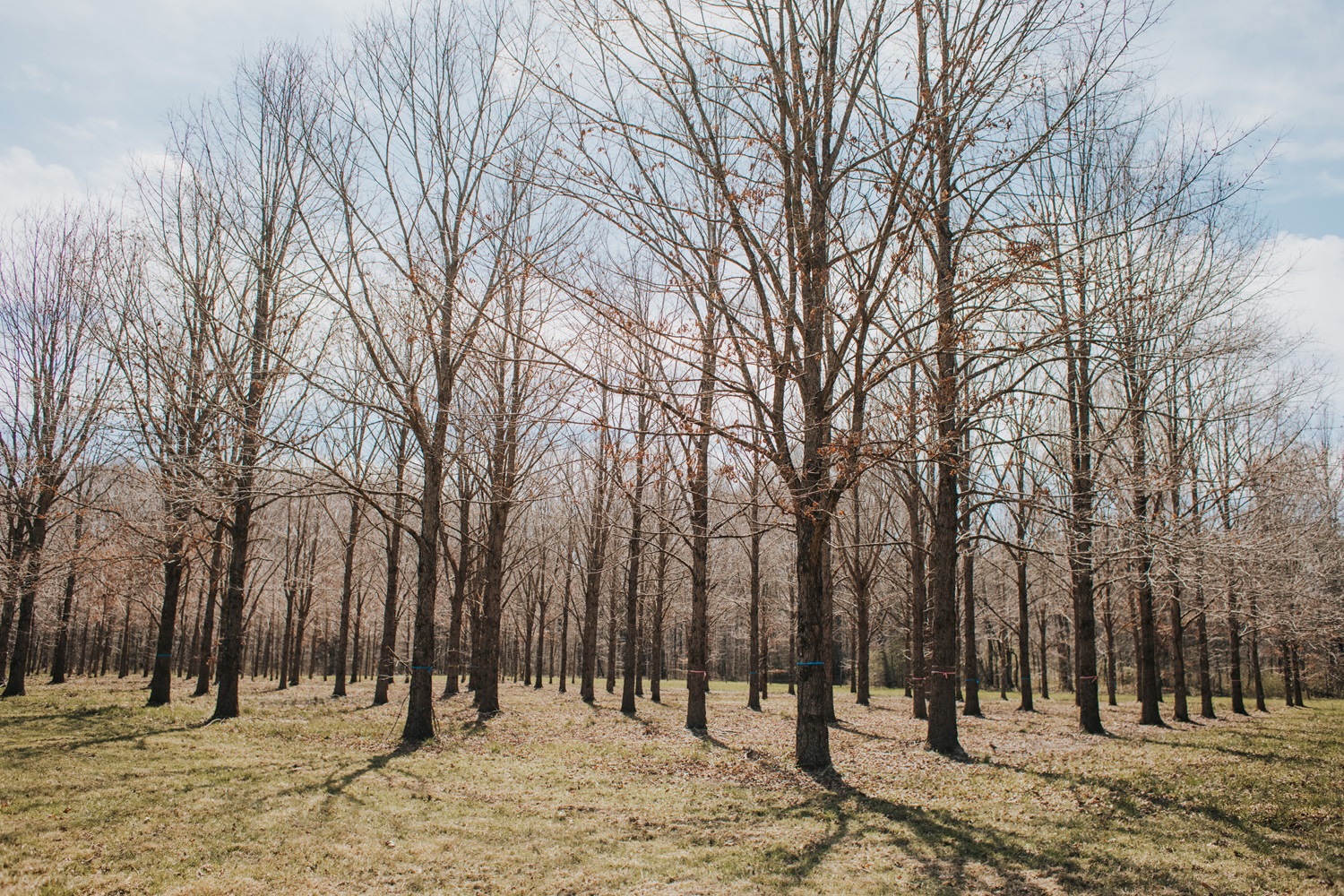Celebrating Tennessee’s newest state forest: Wolf River State Forest

Last year, SECAS staff provided Blueprint support to a U.S. Forest Service Forest Legacy grant application for the acquisition of a large working forest property in western Tennessee. The Southeast region of the U.S. Forest Service encourages states to cooperate with SECAS and use the Blueprint in their Forest Legacy grant proposals. The grant was successful—to the tune of almost $17 million, leveraged with more than $7 million in state funds and private contributions. As a result, earlier this year we were able to celebrate the acquisition and establishment of Tennessee’s 16th state forest—Wolf River State Forest. Congratulations to the TN Division of Forestry and their partners on this huge conservation success!
About 60 miles east of Memphis in Fayette County, this forest is part of the historic Ames Plantation, which has been a working forest for generations and has provided the University of Tennessee long-term research plots. With over 45 state-registered historical sites, the forest invites visitors to connect with the past as well. The forest is open to all kinds of outdoor recreation, from hunting and fishing to hiking and wildlife viewing. You can learn more about the history and cultural significance of the Ames Plantation by visiting their website and watching the grant application video.
The establishment of this more than 5,000-acre forest will continue to support research opportunities and the local timber industry while also ensuring the protection and conservation of more than 30 miles of headwater streams and 1,560 acres of wetlands—a crucial water recharge source for the Memphis Sand Aquifer, which supplies drinking water to the greater Memphis area. SECAS is proud to play a small role in preserving the history and conservation value of this western TN institution. You can read the full press release here.
If you are applying for a grant, don’t hesitate to reach out to one of our user support staff! In this proposal, the Blueprint helped elevate the property’s regional importance and highlight its unfragmented natural habitat, with SECAS serving as a supporting party. How can we help you tell your story?